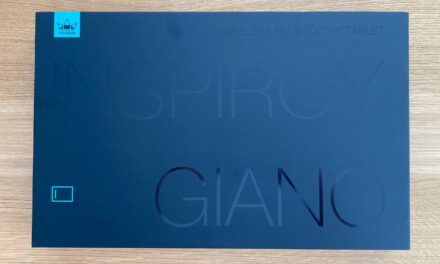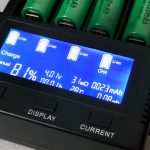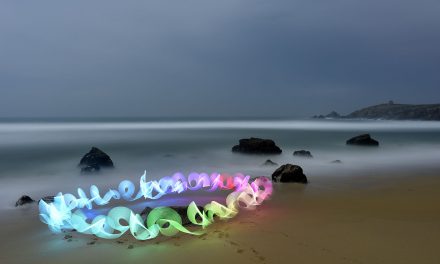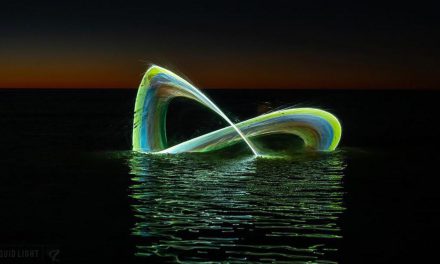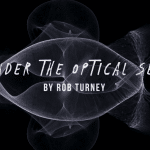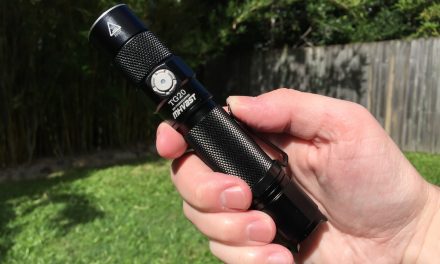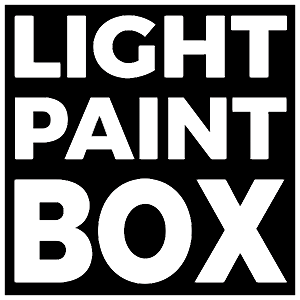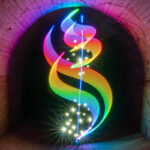
Flashlight Review: Convoy T2

It is quite rare that I review a light that doesn’t use li-ion batteries. However, sometimes using a flashlight that uses Alkaline or NiMH batteries is called for. This review is of the Convoy T2, the long awaited 1xAA battery version of the hugely popular Convoy S2+. This is a budget light, available with 3 different tints. Lets see how it performs for light painting.
Disclaimer
The Convoy T2 was sent to me for an honest review by FastTech. I receive no commission from sales or links. Product Link.
Design and construction
The Convoy T2 arrived a basic padded cardboard box, with a sticker denoting the tint version of the light. Included was the flashlight, lanyard, and clip.
The Convoy T2 is a scaled down 1xAA battery (non-rechargeable Alkaline or rechargeable NiMH) version of the 1×18650 li-ion battery based Convoy S2+. The tube and head of the T2 are of the same diameter at 21mm, which is narrower than most 18650 tube lights such as the S2+ which are around 25mm. This means that whilst it should fit OK in the new Light Painting Paradise Adapter, it is too narrow for the Light Painting Brushes Universal Connector without some padding around it. However, I have found that it fits inside a Universal Connector placed inside another Universal Connector with no padding.
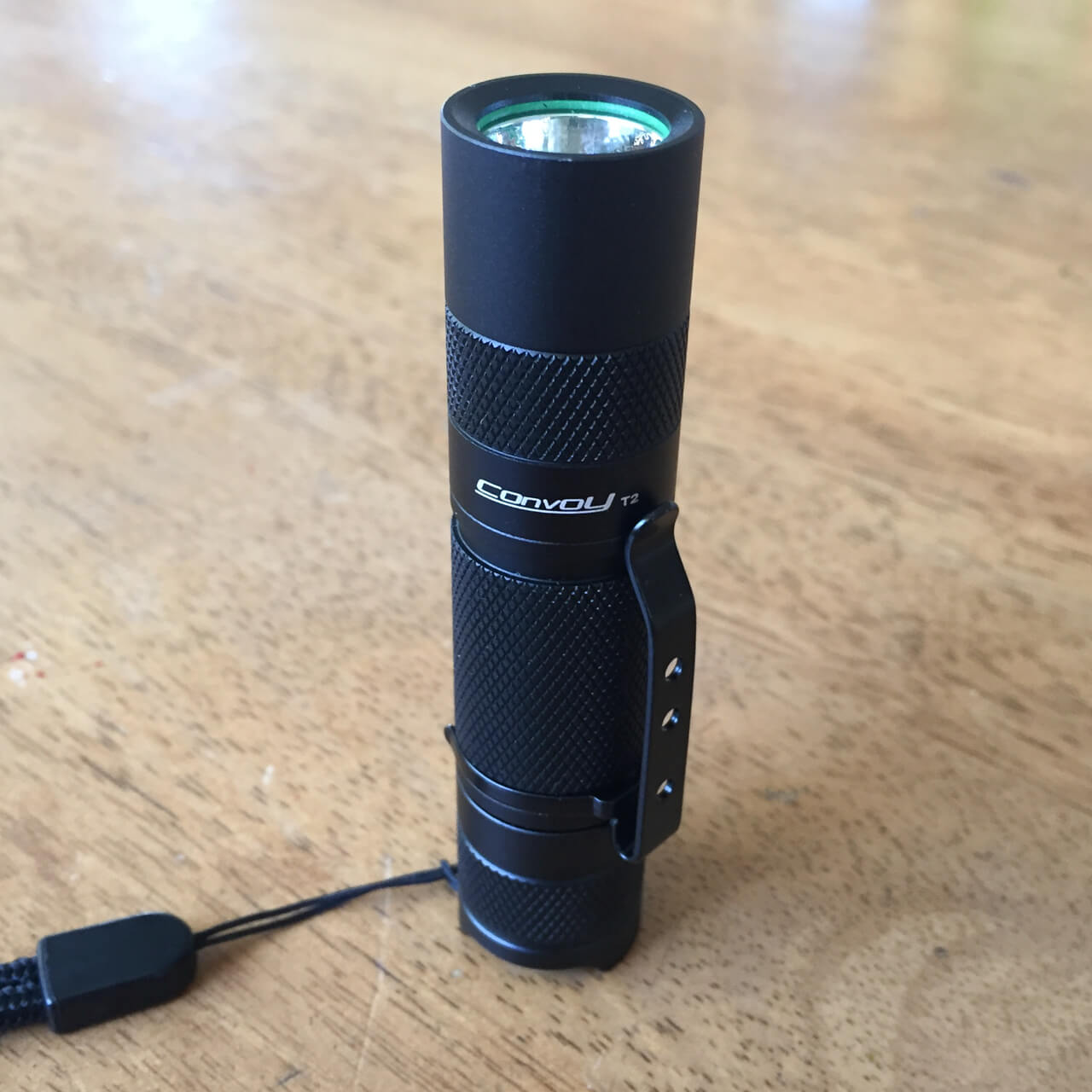
Convoy T2
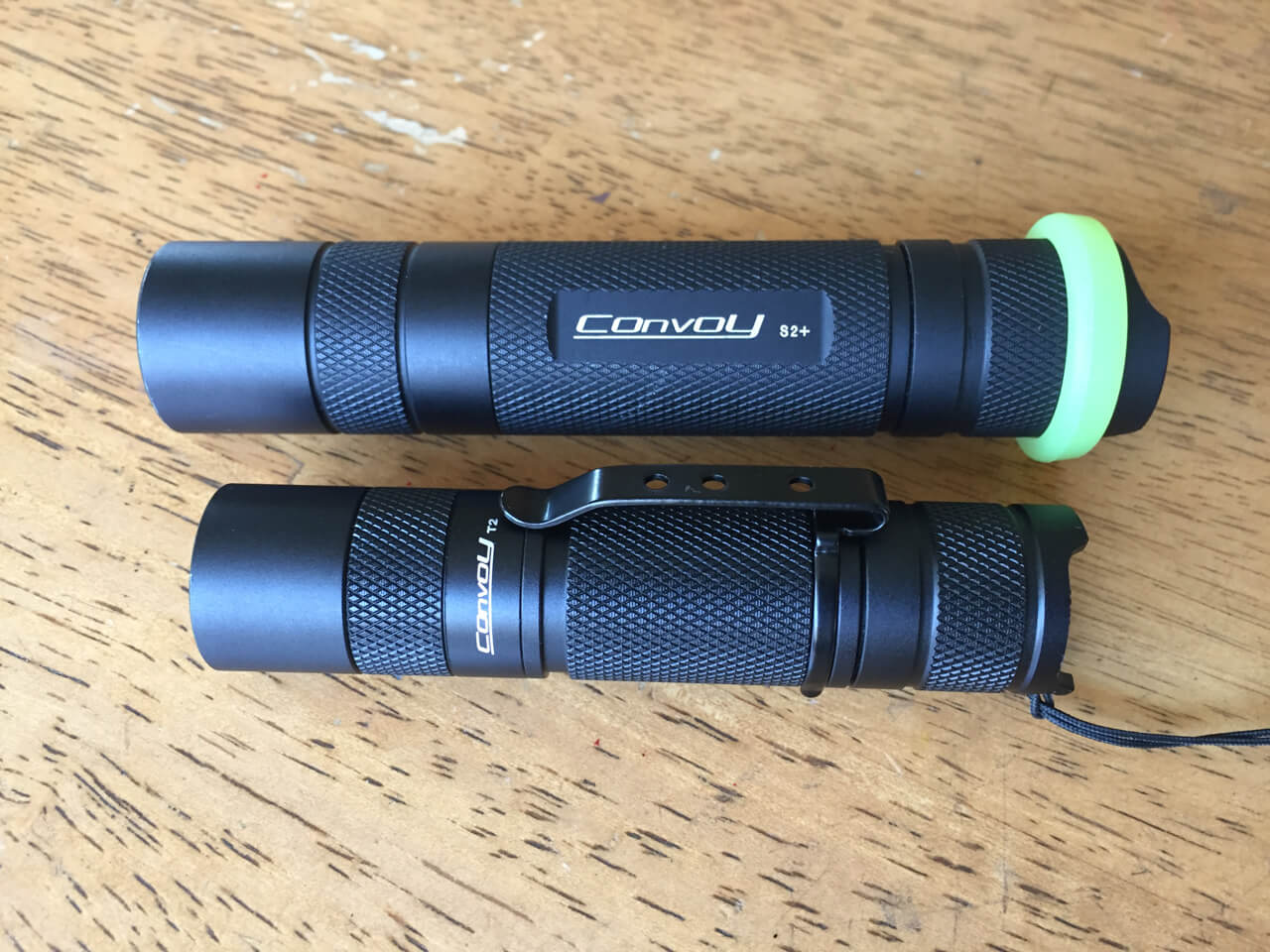
Size comparison – Convoy S2+ (top), Convoy T2 (bottom)
The battery tube unscrews at both ends. The tail cap end is anodised, so a slight turn will lock out the light. There is a single tail switch, which will be explained in more detail in the next section. I found that the battery tube is quite narrow, and my Ikea Ladda AA batteries (similar to Eneloop Pros) only just fit inside the tube. I would advise Convoy to bore the tube slightly wider in future versions. There is a side clip, which is useful for people who like side clips!
As this is a AA flashlight, there is no internal USB charging. This light does not support AA sized 14500 li-ion batteries.
User interface
The Convoy T2 has a single reverse clicky tail switch. A full press is on/off. A half press advanced mode in order Low>Medium>High. As with the 3/5 mode user interface on the S2+, there is an annoying mode memory timer, which memorises the mode if it is off for more than 4 seconds, but advances to the next mode if the light is off for less than 4 seconds. Unlike the S2+, the strobe is not in the normal mode cycle and you have to double half click the tail switch to enter strobe mode. (Note: this feature is probably preferred by non-light painters). This means that you cannot turn the light on into strobe mode (well, not easily anyway – a full click on and immediate half click will get you there if you are lucky). On the good side, the strobe is single frequency, and quite slow at 7.5Hz with 50/50 on/off time.

Convoy T2 Strobe
Beam and output
In a departure from the Convoy S2+ models, the T2 uses a Cree XP-G2 LED emitter and orange peel reflector. Combined with an orange peel emitter, this creates a beam profile not too dissimilar to the Convoy S2+ versions with a XM-L2 LED and smooth reflector.
The mode options are 1%, 10%, and 100%. Strobe is at 100%. Personally I would have preferred the medium mode to be a bit higher at around 30%, as 10% is too dark for most light painting purposes – even under moonlight. At 100% output, the lumen output was measured at approx. 225 lumens at 30 seconds. This is less than the claimed 320 lumens. This is however quite good for a single AA flashlight, but obviously far less than 18650 battery flashlights. Due to the mysterious ways in the which the LED driver works, with Ikea Ladda NiMH batteries, about 30 mins into the runtime, the output temporarily increases to 400 lumens, before a rapid decline to off at 40 mins. With alkaline Duracel batteries, this peak occurs at around 8 minutes, followed by a gradual decline to moonlight output by 40 minutes.
The Convoy T2 is available in three different tint/colour temperature options – warm neutral 4000-4500k (T6-4C), cool neutral 5000-5700k (T6-3B), and very cool 6500-7000k (U2-1A). The neutral options will have slightly less output due to less efficient emitters, though this is visually not noticeable. The 6500k version was a bit more blue tinted than the XM-L2 and XP-L HI emitters in the S2+. The 4000-4500k version has a nice rosy yellow tint. A comparison of these beams is in the cover photo. Unlike most Convoy flashlights there is sadly no 3000k (xx-7A) warm white option. The Colour Rendering Index is in the usual low 70s, good for most purposes, but not as good as dedicated high CRI flashlights.
This light uses Pulse Width Modulation (PWM) in the mid and low modes, which appears to be around 750Hz. This can be visible in some light trails, however I doubt many people would use this light in anything other than high mode for light painting anyway.
Conclusion
Things I liked:
- Very good value for money – approx. US$13 at the time of writing.
- Useful beam profile.
- Good output for a 1xAA flashlight (but far less than 18650 flashlights).
- Single frequency strobe (7.5Hz).
- 3 different tint/colour temperature options (but no warm white as in most Convoy lights).
Things I didn’t like:
- Annoying mode memory timer.
- No (easy) direct access to strobe.
- Medium mode is too low.
- Doesn’t fit in a single Universal Connector without either padding or a second Universal Connector.
- Visible PWM in mid and low modes.
- Short runtime.
Whilst I usually recommend li-ion flashlights due to the superior output/size ratio and user interfaces, there are some use cases when a AA flashlight may be preferred (for example some airlines/airports may not allow transportation of li-ion batteries). As far as AA flashlights go, the Convoy T2 is good value for money. It has a good beam profile, good output, a clip, a single frequency strobe, and is quite compact (if a bit too compact). As with most AA/AAA flashlights, the user interface is far from perfect. This light is a good option if you want a single frequency strobe at approx. 25% of the brightness of most 18650 flashlights, noting that you can’t (easily) turn the light on straight into strobe mode. It is also a good option if you want to contrast warm neutral and cool white tints from lights that use AA batteries.
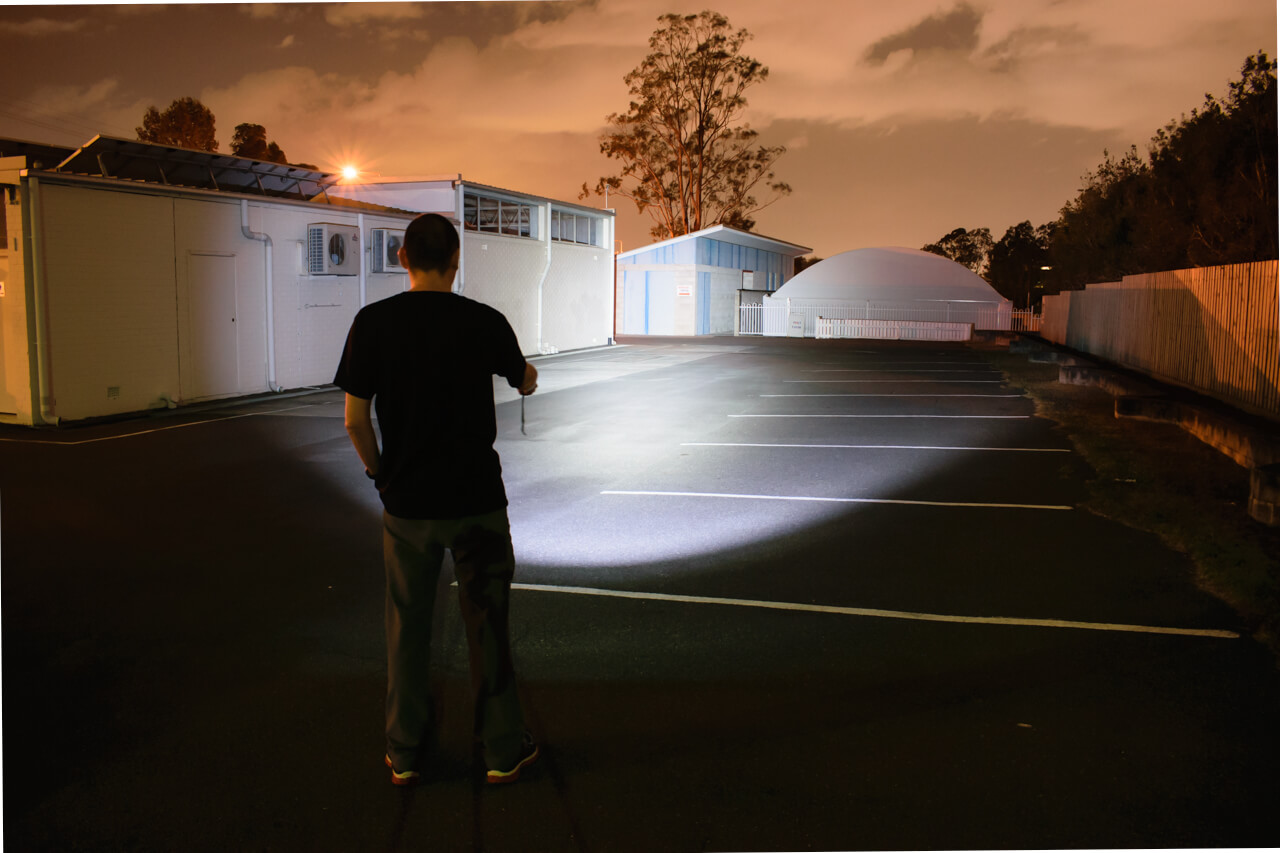
Convoy T2 Beamshot. f/5.6, 3secs, ISO800.


